Touring Ground Zero of the Methane Emergency
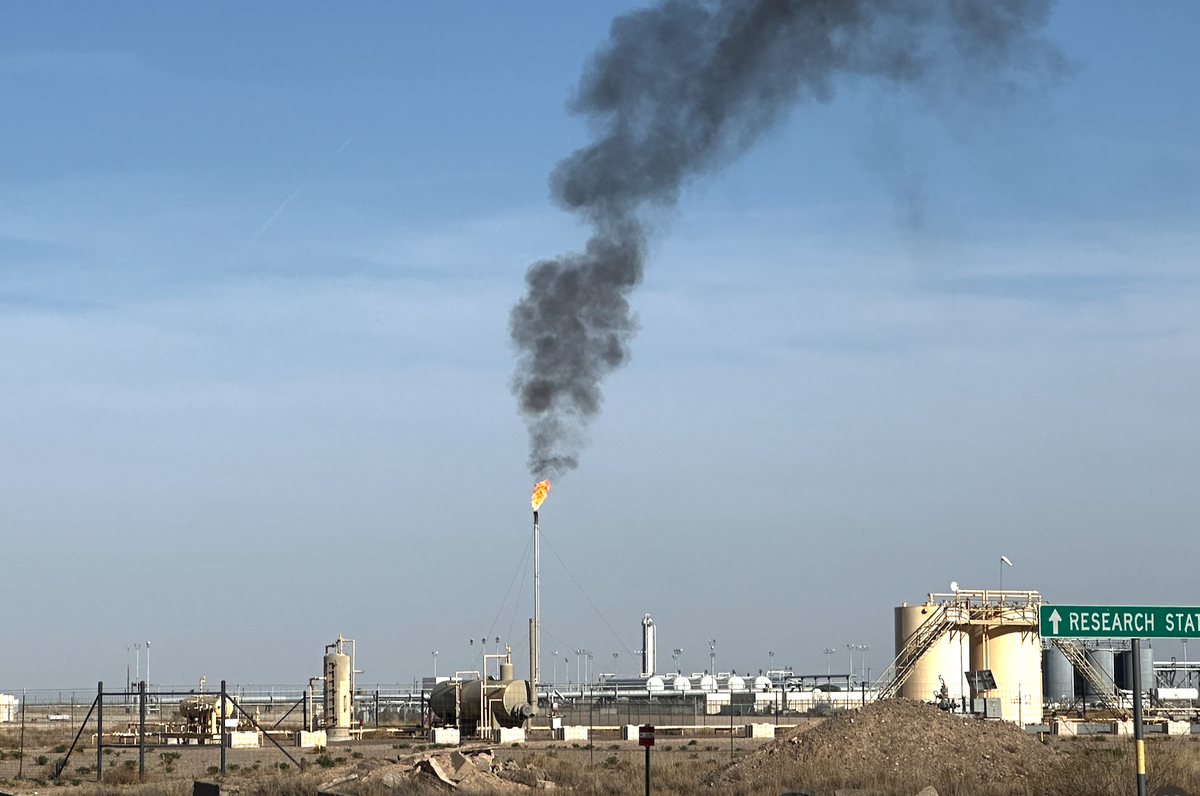
Ten years ago I wrote the article “Natural Gas as 'Bridge Fuel' Is Excellent Political Solution But Fails As Climate Solution.” In that article I reported that the American ambassador to Romania stated that the fracking industry had “obtained great successes — without consequences for the environment.”
I didn’t believe him then and last week I headed to the Permian oil and gas fields in West Texas to see about those consequences after ten years of the American "fracking miracle." While later articles will explore the specific impacts of the oil industry on the planet, this is an overview of what it was like to visit the Permian after writing about it for the past 10 years. My tour guides for this visit were Sharon Wilson and Miguel Escoto of Oilfield Witness.
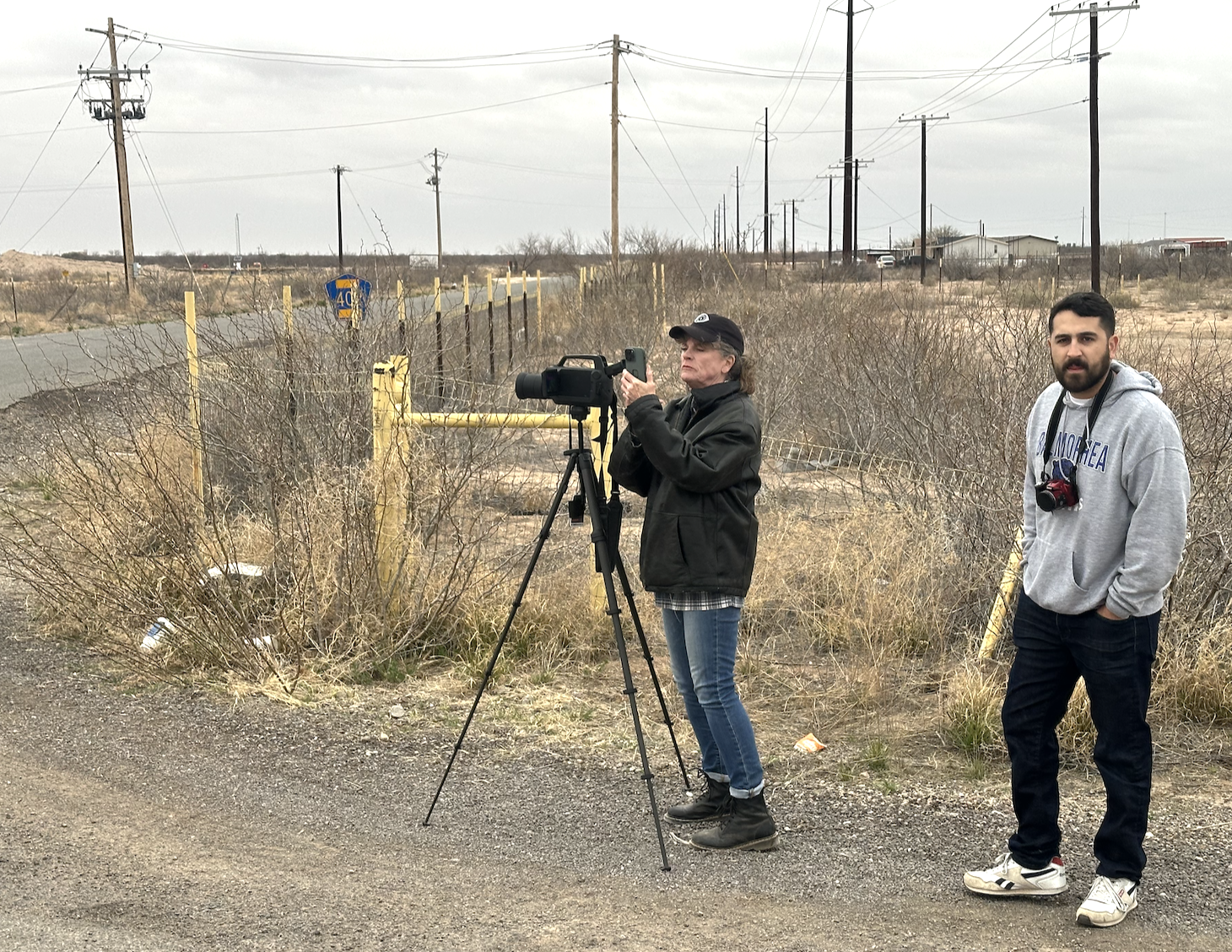
March 12 - Flying into Midland, Texas on my quest to see the source of the Permian’s high methane emissions, I was greeted by familiar images. As the plane descends into Midland, you see endless shale oil wells in grid formation across the Texas desert. I’ve used similar images for my articles over the years but it was the first time seeing it in person. The only thing that surprised me was the amount of waste water pits. The only standing water in this part of the Texas desert is toxic oil field wastewater. It’s everywhere. They are creating so much toxic wastewater producing oil in the Permian that they have nowhere to put it. I first wrote about this issue in 2018 and it continues to be a big problem for the fracking industry. And the “solutions” they have, like injecting the toxic water back into the ground, definitely have consequences.
The hotel in Midland Texas gives out unlimited free bottled water to all guests. Why? The city water can be toxic. In January there was an arsenic warning for residents and according to the city utility director, "It states that for over the past year we went over the annual average for arsenic allowed.” Midland has a long history of having the oil industry poison its drinking water and as fracking booms, disposing of the toxic waste water is a major cost and challenge for the industry with no viable solutions other than to keep doing what they have been doing. Expect more poisoned water.
However, bad water appears to be just another price to be paid for being an oil boomtown. While taking my bottled water to my hotel room I encountered a jolly oil field worker who said, “This town is blowin’ and going’!” He is clearly excited about the financial impacts of the fracking boom. As for the “blowin” part of the oil industry, I was visiting to see how much methane the industry was blowing into the atmosphere.
As I read the news that evening and prepared to go out in the field, I saw the bad news out of Indonesia on methane emissions from coal being eight times worse than previously reported. "Worse than reported" is something we’ve come to expect with methane emissions, especially in U.S. oil and gas production.
March 13 - First day headed out into the oil fields to see it all in person and to see the methane through the lens of the Oilfield Witness FLIR camera that makes invisible methane emissions visible. Our first stop was a Diamondback production site. The FLIR camera picked up emissions from the pressure relief valve which is just one of the ways that methane escapes oil and gas production systems by design. Holding tanks of hydrocarbon liquids sitting in the Texas sun build up pressure and it must be released.
Emissions detected at Diamondback site with "best available control technology"
As we observed the site, an oil field worker yelled at the group to “get the hell out of here” even though we were on public property.
Our next stop was another oil field site that shared space with large wind turbines. The oil and gas industry uses a lot of electricity. There is power infrastructure everywhere in the Permian and the industry has been an early adopter of using clean renewable power for its own uses. We didn’t see any egregious emissions at this oil and gas facility.
While the water is bad in Midland, the air isn’t much better. Outside of Midland we drove past a frack sand facility sending clouds of dust across the area. OSHA has found frack sand dust to be toxic to oil field workers. Someone in the group noted that “They should film the next Dune movie here.”
It was a windy day and there was certainly a lot of dust blowing around. Meanwhile, I was informed this was the rainy season here. Another issue with air quality in the oil fields is the hydrogen sulfide. It’s a poisonous gas that comes out of the wells with the oil and smells like rotten eggs — which I smelled on a regular basis when around sites.
After driving through more of the seemingly endless oil and gas production facilities, support facilities, and man camps for the workers, we called it a day.
While we were out in the Permian, the journal Nature published a new paper showing methane emissions in U.S. oil and gas production are “roughly three times the national government inventory estimate."
March 14th - I start my day writing about the Nature article which does not surprise me after what I’ve seen here and what I’ve learned about the oil and gas industry over the past decade. The oil and gas industry was able to hide behind the fact that methane is invisible and odorless for a long time. The work Sharon Wilson has done with optical imaging helped reveal the true extent of the problem and raise the alarm. Which is why the industry would like her to “get the hell out of here.”
The first part of the day was spent visiting a ranch where old abandoned oil wells have poisoned the ground water with benzene which makes running a ranch impossible.
One thing I did not know about the West Texas desert is that although they only get six inches of rain a year, there is a lot of easily accessible groundwater. Historically this made it possible to drill shallow wells and grow cotton and raise cattle with the water. Once that ground water is contaminated, there is little left to do in the desert.
From there we went to Waha which is the main gathering point for natural gas (aka methane) in the Permian region. This is where Permian gas is priced as well and due to the current glut of natural gas, Waha gas was trading for less than zero dollars. When you have to pay someone to take your methane from you, it’s an easy economic decision to just let any methane you can vent into the atmosphere. Sharon’s FLIR camera revealed clouds of emissions over the processing facilities as part of ongoing operations.
From Waha we went to Pecos and visited more facilities. As we pulled up to one there was a loud sound and Sharon said, “Blow down!” Blow downs are events when pipes and equipment are purged of methane. Of course, the methane is blown into the atmosphere. This is standard operating procedure in the Permian.
In the hotel that night in Pecos I had a persistent cough likely due to the air I'd been breathing. And then I read about the IEA’s 2024 Global Methane Tracker report that hit the press a day earlier. Unsurprisingly it found that the U.S. oil and gas industry produces more methane than any other country and that the practice of flaring is one major source.
There are flares everywhere in the Permian. It isn’t unusual for Oilfield Witness to find unlit flares spewing methane as they did at a Chevron site a few days after I was there.
March 15 — We visited an area of Pecos where oil production and wastewater pits are directly adjacent to a residential area. This reinforced a main point that I had missed in my ten years of writing about oil and gas production. The oil and gas infrastructure is everywhere in Texas and that means the impacts are everywhere for the people living there. Would this be allowed if it wasn’t in a part of the country where few people would live if it wasn’t for oil and gas development? Unlikely. But the Permian in West Texas is not a place most Americans visit. A convenient feature for the industry. Meanwhile, Texas is suing to challenge the new federal regulations designed to address methane emissions.
At this point I can confidently say that the expectation that the U.S. oil industry will cut methane emissions significantly by 2030 is delusional. If you believe that the industry will make these changes, I suggest you consider the drinking water in Midland. The city recently agreed to let an oil company put multiple wastewater injection wells near its drinking water supply.
I used to believe that regulations could make a difference. However, I spent five years of my life following the regulatory process that was supposed to make moving hazardous materials by rail safer. The oil and rail industries made sure those regulations had no real impact. A result that was made very clear by the East Palestine rail disaster. As I've written, the real cause of the rail disasters is corporate greed. And few are better at that than the U.S. oil industry.
The only way this will be addressed is by phasing out oil and gas production.
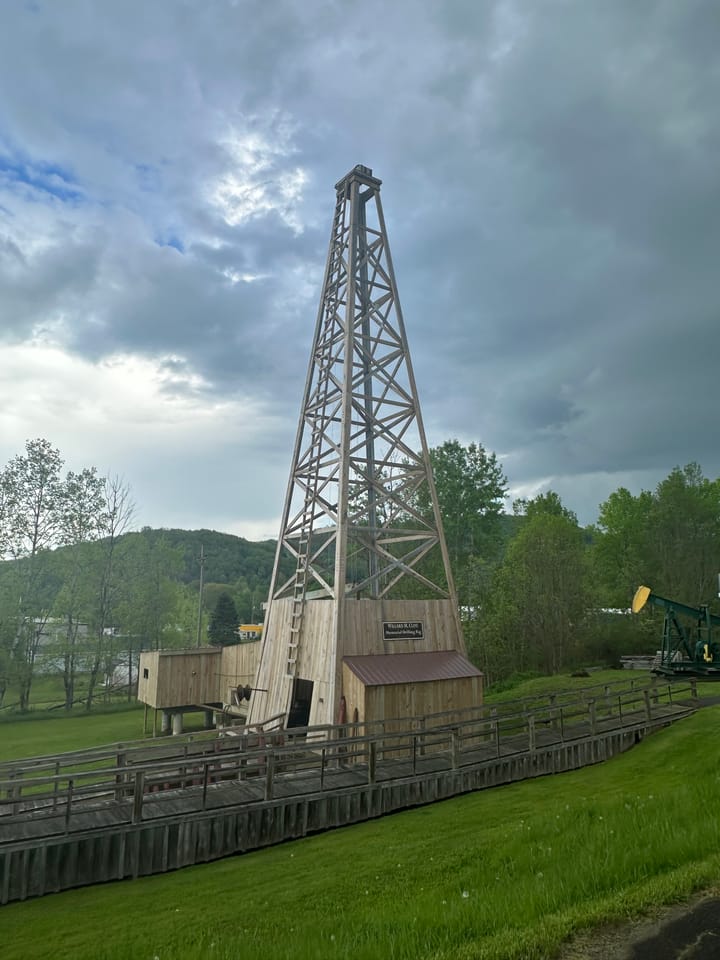
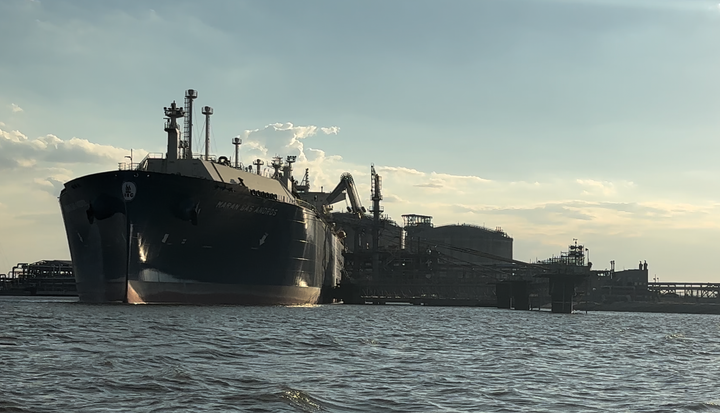
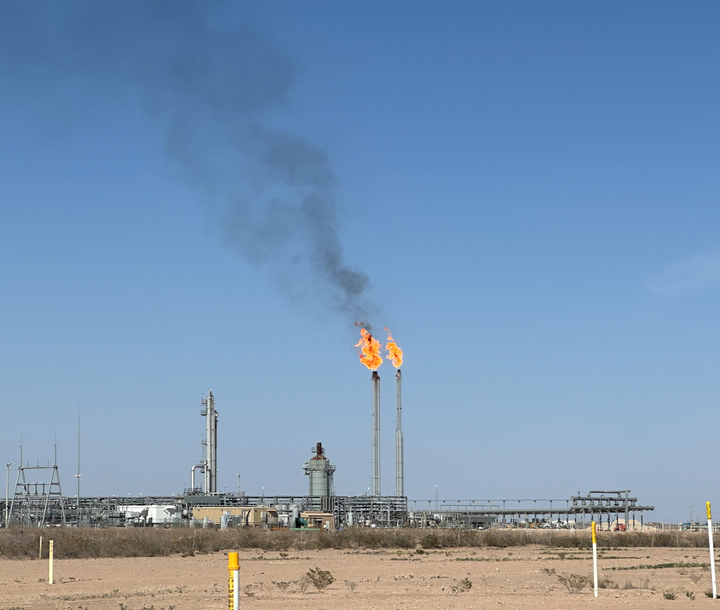
Comments ()